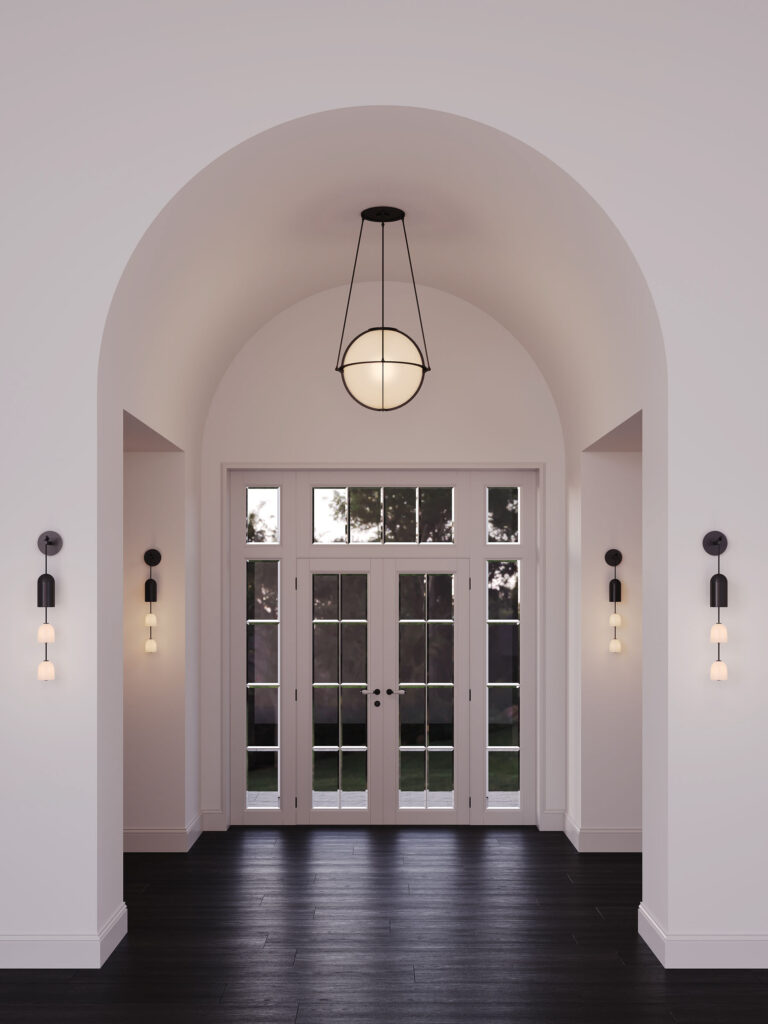In industrial design, simplicity, and minimalism are more than aesthetic choices; they are disciplines that require skill and thoughtful consideration. Achieving elegance through simplicity is challenging and demands more significant expertise than elaborate designs.
The Challenge of Simplicity
Simple designs may seem straightforward, but their complexity lies in balancing functionality with minimal elements. This is akin to painting a portrait with a few strokes, requiring precision and insight.
Designer Deirdre Jordan discusses form and simplicity in her work on the Loop Series.
Subtle Differences Make a Big Impact
In minimalistic design, every detail is crucial. A slight variation, like the pressure in a fold, can significantly alter the outcome. This highlights the importance of each designer’s contribution and the need for a deep understanding of the subject.
The Essence of Minimalism
*Hans Hofmann said, “The ability to simplify means eliminating the unnecessary so that the necessary may speak.” This philosophy emphasizes capturing the core of a subject with minimal elements, allowing the design’s essence to shine through.

Designer Jake Oliveira examines elements of his Spire Leaf Pendant before it is wired and assembled.
Different Approaches to Design
Designers take varied approaches. Some eliminate unnecessary details, while others replicate every detail. The minimalist approach reveals essentials by removing the extra, balancing simplicity and functionality.
Philosophical Perspectives
Those who favor simplicity appreciate designs that enhance rather than overwhelm. For instance, John Pawson’s minimalist work creates a religious mission-type of simplicity, striking a balance between innovation and simplicity. Adolf Loos’s essay “Ornament is Crime” further illustrates this, rejecting unnecessary decoration and valuing functionality. There are many treatises and philosophies in contemporary design. **With his unique perspective, Italian designer Pierre Lissoni says, “A good design for me is the combination of innovation, beauty, and exploration, together with a studied analysis of the best and most fitting material for the project. And yes, we can say that I am bound to an idea of overall simplicity and purity that revolves around just a few elements, inspiring us to find our own balance.”

The Role of Craftsmanship
Craftsmanship is vital in both simple and complex designs. A model’s quality depends on the creator’s skill, highlighting the importance of precision and expertise.
Balancing Simplicity and Complexity
In design, the critical question is when to stop. The goal is to create a piece full of life and soul, with the essence of the design speaking clearly and unburdened by unnecessary elements.
Ultimately, the aim of design, whether simple or complex, is to infuse the piece with life. Success lies in the design’s ability to convey its essence and soul. Embracing minimalism allows designers to create elegant and profound works where every detail enhances the overall impact.

*The ability to simplify means eliminating the unnecessary so that the necessary may speak. | Heroic. https://www.heroic.us/quotes/hans-hofmann/the-ability-to-simplify-means-eliminating-the-unnecessary
**Lissoni quote – https://globaldesignnews.com/piero-lissoni-one-of-the-masters-of-contemporary-design-is-bound-to-an-idea-of-simplicity-and-purity/
